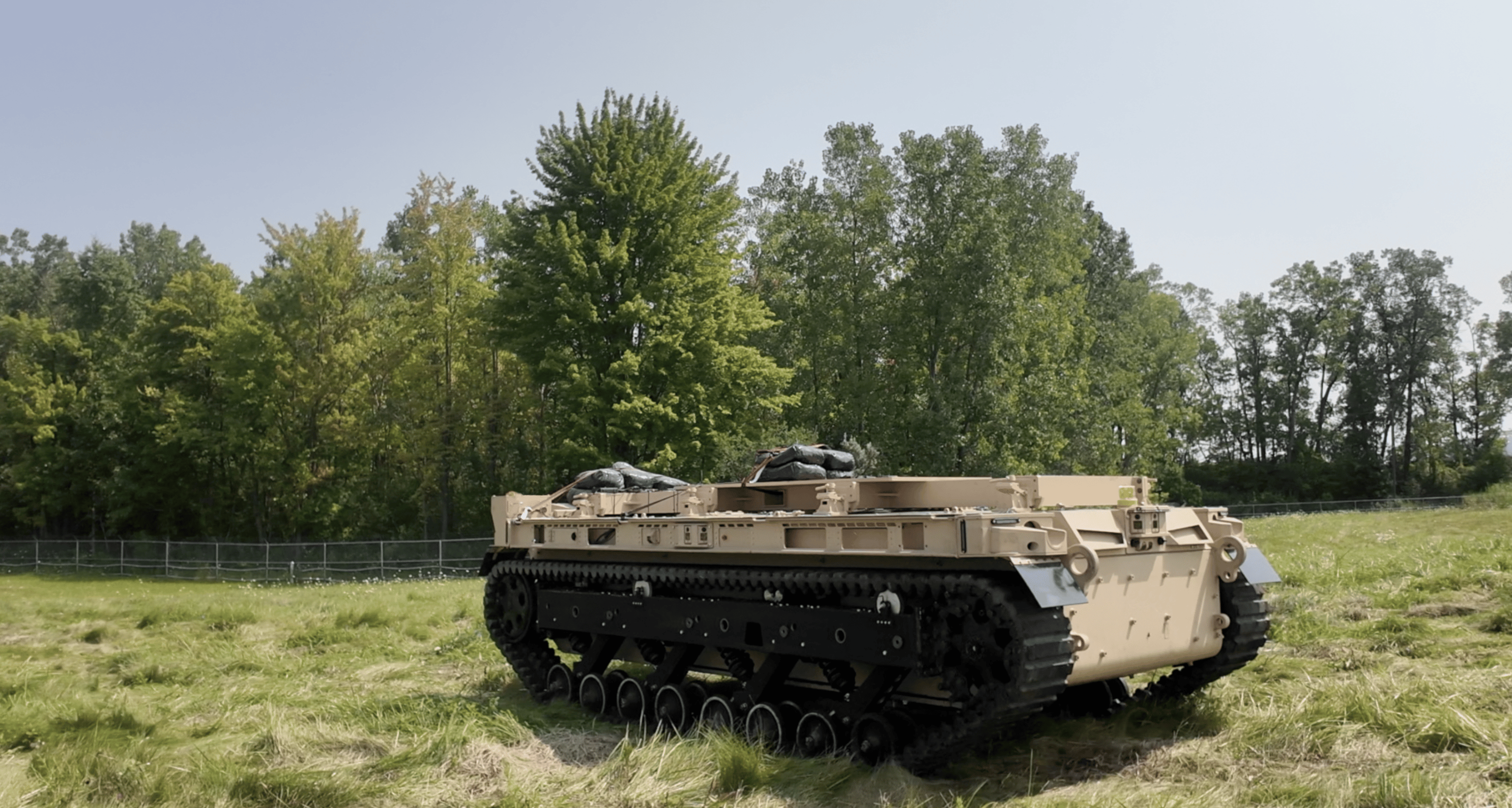EN 60068-2-6 Vibration Testing for Vehicle Mounted Equipment
The CENELEC standard, EN 60068-2-6, provides a comprehensive framework for vibration testing of electronic and mechanical components intended to operate in harsh environmental conditions. This service focuses on ensuring the robustness and reliability of vehicle-mounted equipment under simulated battlefield scenarios.
The standard specifies procedures to determine the effects of mechanical vibrations on products, especially those used in military applications such as land vehicles, tanks, and armored personnel carriers. Military testing is particularly critical due to the dynamic nature of combat zones where equipment must withstand continuous exposure to vibration from movement, gunfire, and other battlefield stresses.
Vehicle-mounted equipment subjected to this test includes radar systems, communication devices, power supplies, navigation units, and any other components that need to function reliably under extreme conditions. The testing ensures that these critical assets can maintain performance levels during operations where environmental factors play a significant role in determining mission success or failure.
The process involves subjecting specimens to controlled vibration environments designed to mimic real-world battlefield conditions. Specimens are mounted on a shake table which simulates the vibrations experienced by vehicles traversing rough terrain, maneuvering through urban landscapes, and engaging in combat. The testing parameters include frequency ranges (typically 10 Hz – 500 Hz), acceleration levels, and duration times that closely reflect expected operational environments.
Proper specimen preparation is crucial to ensure accurate test results. This includes ensuring all components are properly secured within the test fixture, grounding of any conductive parts, and verification that no external forces interfere with the vibration imparted by the shake table. The objective is to simulate real-world conditions without introducing artifacts into the testing process.
Instrumentation plays a vital role in EN 60068-2-6 compliance. High-quality accelerometers measure vibrations accurately, while data acquisition systems capture detailed information about the specimen's response throughout the test cycle. Software tools analyze collected data to assess whether the equipment meets specified performance criteria under imposed vibration levels.
Upon completion of testing, comprehensive reports are generated detailing the extent and nature of any observed effects on the specimen. These reports serve as critical documentation for quality assurance programs, informing future design improvements aimed at enhancing durability and reliability in harsh operating environments.
| Test Parameter | Description |
|---|---|
| Vibration Frequency Range | 10 Hz – 500 Hz, depending on specific equipment requirements |
| Acceleration Levels | Dependent upon the type of vehicle and mission profile (e.g., 2 g for light vehicles) |
| Test Duration | Ranges from minutes to hours, based on expected field usage |
Industry Applications
Military testing adheres strictly to international standards like EN 60068-2-6. This ensures that all equipment deployed in combat zones meets rigorous quality control measures, enhancing overall operational effectiveness.
| Application Area | Description |
|---|---|
| Tanks and Armored Personnel Carriers | Evaluating the durability of onboard systems against intense battlefield vibrations |
| Artillery Systems | Assessing how components perform during rapid movements over uneven terrain |
| Communication Satellites | Ensuring satellite-based communication devices remain functional amidst severe environmental stresses |
| Air Defense Systems | Maintaining reliability of radar and other electronic systems in hostile conditions |
Customer Impact and Satisfaction
Compliance with EN 60068-2-6 not only enhances the performance and longevity of vehicle-mounted equipment but also contributes significantly to customer satisfaction by ensuring that products meet or exceed expectations for reliability in extreme conditions.
Quality managers appreciate the detailed insights provided during testing, allowing them to make informed decisions about product improvements. Compliance officers find value in having clear evidence that their organization adheres to stringent global standards, thereby reducing risk and liability issues.
R&D engineers benefit from precise data obtained through these tests, which inform better design choices for future iterations of equipment. Procurement teams can rely on consistent quality across suppliers knowing that all components undergo thorough evaluations before being integrated into systems.
Use Cases and Application Examples
Vibration testing is essential for ensuring the reliability of various military-grade electronic and mechanical devices used in diverse applications. Here are some specific examples:
| Equipment Type | Test Parameters |
|---|---|
| Radar Systems | Frequency range: 10 Hz – 500 Hz; Acceleration levels up to 3 g |
| Communication Devices | Durational testing of hours, depending on expected operational duration |
| Navigation Units | Frequency range: 10 Hz – 500 Hz; Acceleration levels up to 2 g |
In one case study involving a leading defense contractor, EN 60068-2-6 vibration testing was conducted on radar systems. The results showed minimal degradation in performance even after prolonged exposure to simulated battlefield vibrations. This outcome reinforced the confidence of both engineers and procurement officials regarding the reliability of these critical components.
Another example involved communication devices used by soldiers operating in urban environments. The tests revealed that certain models performed better than others under conditions of high-frequency vibrations, prompting adjustments in future designs.





